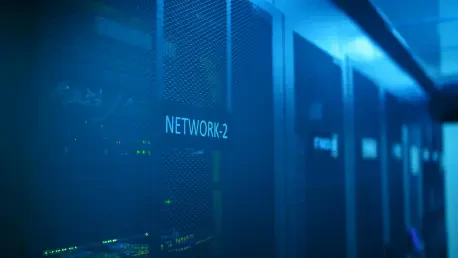
The electric vehicle (EV) revolution promised a new frontier for convenience stores, with visions of bustling charging hubs drawing in tech-savvy drivers eager to refuel both their cars and themselves with quick snacks and drinks. Yet, the initial excitement has given way to a sobering reality, as

A Critical Juncture for Energy Markets Central Europe’s oil industry stands at a pivotal moment as U.S. sanctions on Russian oil giants Lukoil and Rosneft, implemented late last year, send shockwaves through regional markets. With Hungary and Slovakia heavily reliant on Russian crude, these

In a world increasingly driven by innovation, Tesla, Inc. (NASDATSLA) continues to push boundaries with its latest financial and strategic revelations from the Q3 earnings call and update letter released on October 22. As a leader in electric vehicles (EVs) and clean energy, Tesla’s updates provide

Imagine a vast network of power lines stretching across millions of miles, vulnerable to wildfires, vegetation overgrowth, and the wear of aging infrastructure, posing constant risks to safety and reliability. In the United States, utilities face mounting challenges in maintaining this critical

Today, we're thrilled to sit down with Christopher Hailstone, a renowned expert in energy management, renewable energy, and electricity delivery. With his deep knowledge of grid reliability and security, Christopher offers unparalleled insights into the evolving landscape of energy storage systems.

As technology continues to advance at a breathtaking pace, Pennsylvania finds itself at the heart of a critical debate surrounding the rapid proliferation of data centers—massive facilities that power cloud computing, artificial intelligence, and digital infrastructure. These centers, backed by